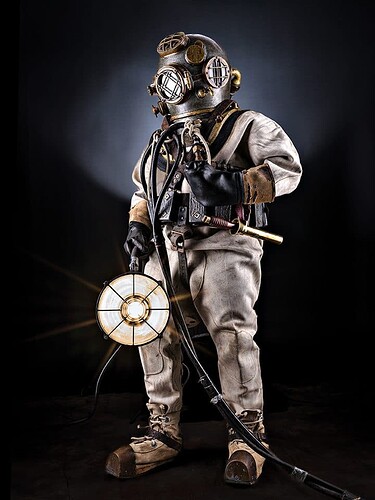Question for sea kayakers and whitewater paddlers:
Is anyone paddling in cold weather (fall/spring and maybe even winter depending on where you live) with a modern wetsuit you bought in the last two years that was designed for surfing?
Here’s why I’m asking: I need either a wetsuit or drysuit for cold-weather sea kayaking. I’m well aware that most paddlers these days paddle in drysuits. And I’m well aware of the benefits of drysuits. I’m also aware that good ones are very expensive and I’m very poor right now, LOL.
Here’s what I also know:
- Wetsuit design has come a long way in the past few decades.
- Wetsuits designed for surfing (not paddling) are at the cutting edge of development, because surfing is where the market is.
- Most paddlers’ experience with wetsuits is very dated—and involve thick, heavy Farmer John wetsuits from many years ago.
- I’ve read that the latest surfing wetsuits are extremely advanced: they are now made with hyper-stretchy material, lined with microfleece, and some are even practically drysuits because they let almost no water pass inside the suit.
- It is a myth that paddlers need more mobility than surfers. Just watch surfers arm-paddling out to the lineup, and watch them while surfing a wave, and you’ll see they are probably MORE mobile and active than paddlers.
- I’ve read that wearing the latest generation of surfing wetsuits is like wearing spandex, except they’re warm in cold water.
So I’d really love to hear from anyone who owns a very NEW surfing wetsuit using these latest advances in design. I’m not interested in stories about when you used to wear a wetsuit years ago and hated it and then got a drysuit. Because that was an “old school wetsuit.” ![]()
Again, I’m not anti-drysuit. I’m happy you’re happy in your drysuit! But I have yet to find a single paddler using a fully modern, cutting-edge surfing wetsuit and that’s who I want to find and hear from.
Wetsuits, on average, are far less expensive than drysuits (even the best ones)…and I keep hearing paddlers say “wetsuits are uncomfortable,” which directly contradicts the legions of surfers I see who are as happy as sea otters floating IN the water (not ON the water like paddlers) in their wetsuits.
THANKS!

